
Product information
Domaine Pierre Usseglio Châteauneuf-du-Pape ‘Not For You’ 2016
Grenache from Châteauneuf du Pape, Southern Rhône, Rhône Valley, France
$610
Description
Just one barrique = 300 bottles made.
Deep ruby-red. A highly complex bouquet evokes red fruit preserves, exotic spices, candied flowers and garrigue, and a vibrant mineral flourish gains power with air. Shows superb power as well as finesse, offering vibrant raspberry, bitter cherry, lavender pastille and spicecake flavors that turn deeper and sweeter on the back half. Shows wonderful delineation and intense mineral lift on a gently tannic finish that hangs on with outstanding, floral- and spice-driven persistence. Made with 100% whole clusters and raised in tronconic concrete tanks.
Josh Raynolds
Out of stock

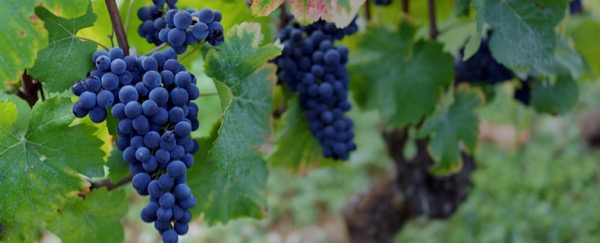



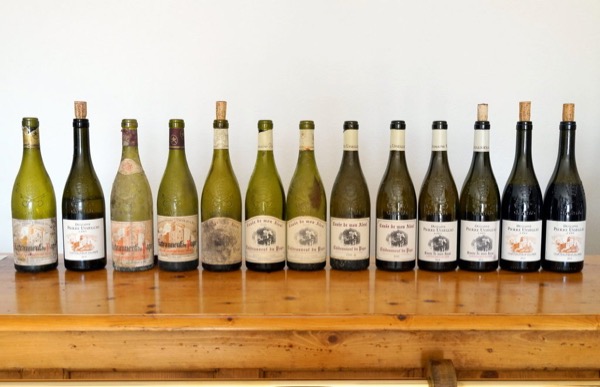
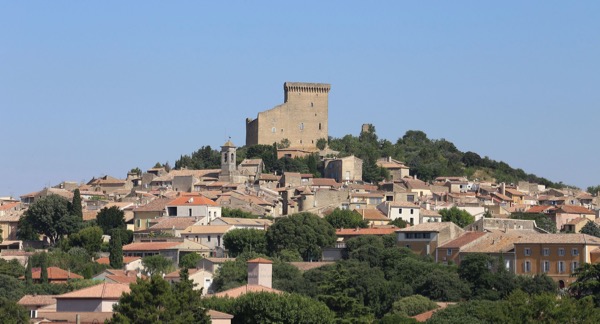
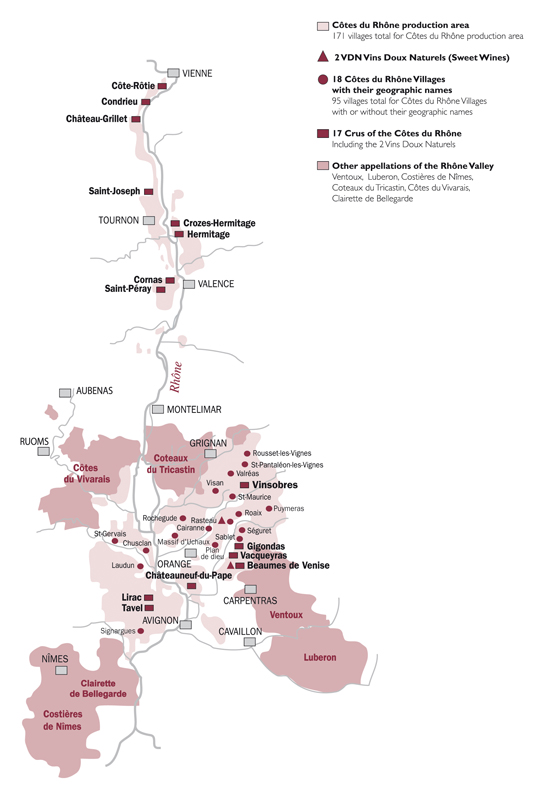
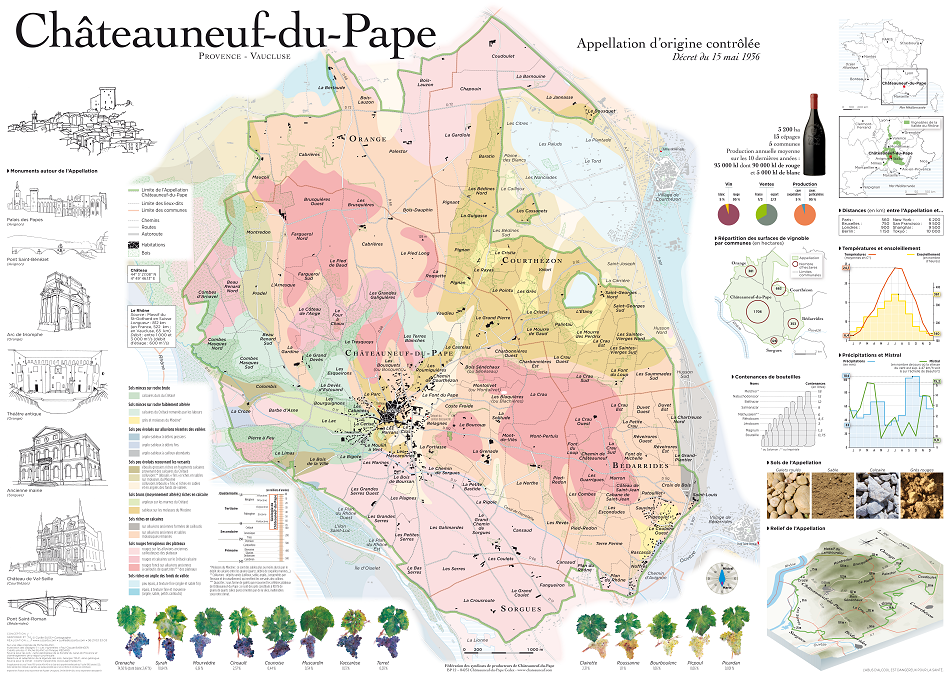
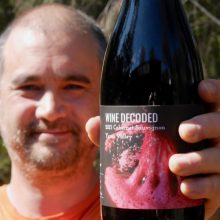
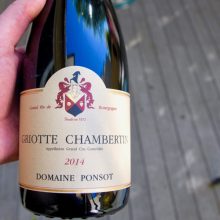
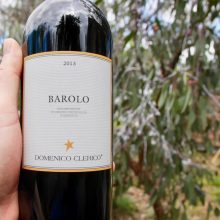
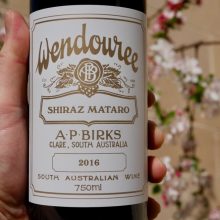
You must be logged in to post a comment.